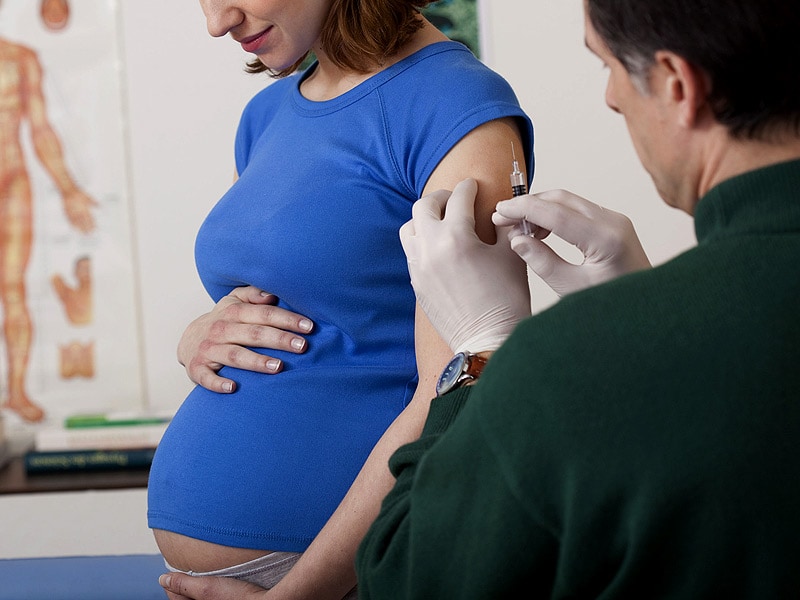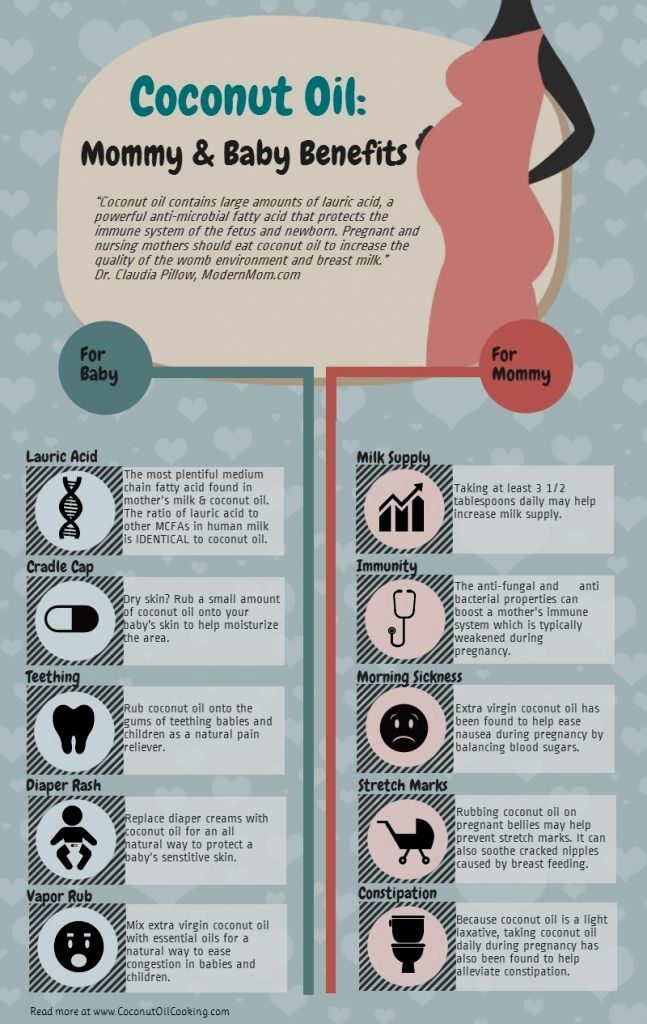How many parents spank their child
American parenting and physical punishment
When Minnesota Vikings’ running back Adrian Peterson was indicted for hitting his son with a ‘switch’ in September 2014, there was a public furor – with arguments on both sides, but a general sense that Peterson was in the wrong.[i] Quickly, however, the debate over corporal punishment, which was at a fever pitch only two months ago, died down:
What explains this turnaround? Perhaps America lost interest because most Americans hit their kids, and most think that that is the way it should be. More than 70% of Americans agreed in 2012 that, “it is sometimes necessary to discipline a child with a good, hard spanking.”[ii] Of course, there is a wide range in how people define ‘acceptable,’ both in terms of frequency and severity.
Why do adults hit children? Whichever euphemism is used – “spank,” “smack,” “pop,” “whup/whip”—the goal is typically the same: to correct or to punish a child’s behavior by causing physical pain. In terms of altering children’s behavior in the short run, physical punishment is mostly effective. But questions remain about its long term effects, some of which we address in this memo:
- What are the longer-term consequences of physical punishment in terms of behavior?
- What are the longer-term consequences of physical punishment in terms of skill development?
- Is physical punishment associated with stronger or weaker parenting?
- What stance do governments in the U.S. and elsewhere adopt with regard to physical punishment of children?
Children spanked frequently and/or severely are at higher risk for mental health problems, ranging from anxiety and depression to alcohol and drug abuse, according to some research studies. Children whose parents hit them regularly may also develop more distant parent-child relationships later on.
There is also robust evidence of an increased incidence of aggression among children who are regularly spanked. A 2002 meta-analysis of 27 studies across time periods, countries, and ages found a persistent association: children who are spanked regularly are more likely to be aggressive, both as a child and as an adult. Many parents spank their children to put an immediate stop to bad behavior (e.g., shoving another child, reaching for a hot stove, etc.). Being on the receiving end, children may learn to associate violence with power or getting one’s own way. Indeed, much of the aggressive behavior attributed to children who were spanked differentially tends to correspond to interactions where violence is used to exert power over another person—bullying, partner abuse, and so on.
A 2002 meta-analysis of 27 studies across time periods, countries, and ages found a persistent association: children who are spanked regularly are more likely to be aggressive, both as a child and as an adult. Many parents spank their children to put an immediate stop to bad behavior (e.g., shoving another child, reaching for a hot stove, etc.). Being on the receiving end, children may learn to associate violence with power or getting one’s own way. Indeed, much of the aggressive behavior attributed to children who were spanked differentially tends to correspond to interactions where violence is used to exert power over another person—bullying, partner abuse, and so on.
Note, however, that these studies focus on regular and/or severe physical punishment in terms of associations with child behavior.
Spanking and Child SkillsStudies dating back to the early 1960s suggest a relationship between corporal punishment and decreased cognitive ability in early childhood.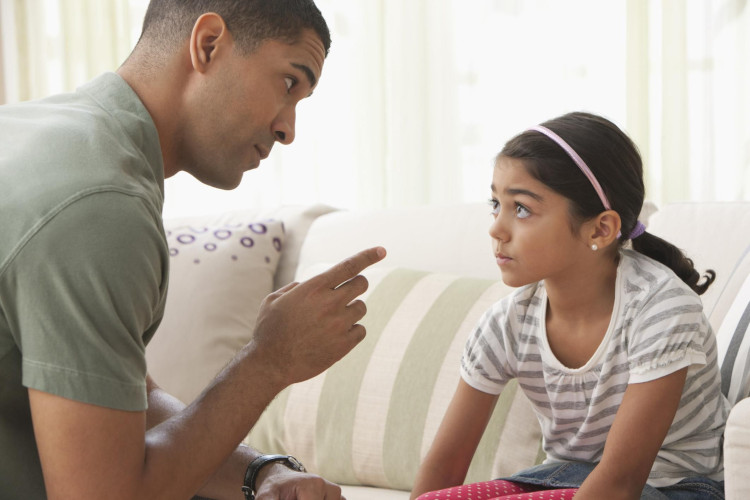 Recent research has added support to these findings. A 2009 study examined two cohorts of children within the National Longitudinal Study of Youth (NLSY) and found that, even controlling for other parenting behaviors and demographics, children of mothers who used little or no corporal punishment “gained cognitive ability faster than children who were spanked.” MacKenzie et al. (2013) show that father’s high-frequency spanking at age five was associated with lower child vocabulary scores at age nine. Other studies have shown corresponding effects on school achievement. Bodovski and Youn (2010) find that the use of physical discipline in kindergarten is associated with lower fifth grade math achievement. Margolin et al. (2010) find that children who were spanked are at higher risk of academic failure in the fifth grade.
Recent research has added support to these findings. A 2009 study examined two cohorts of children within the National Longitudinal Study of Youth (NLSY) and found that, even controlling for other parenting behaviors and demographics, children of mothers who used little or no corporal punishment “gained cognitive ability faster than children who were spanked.” MacKenzie et al. (2013) show that father’s high-frequency spanking at age five was associated with lower child vocabulary scores at age nine. Other studies have shown corresponding effects on school achievement. Bodovski and Youn (2010) find that the use of physical discipline in kindergarten is associated with lower fifth grade math achievement. Margolin et al. (2010) find that children who were spanked are at higher risk of academic failure in the fifth grade.
Emerging evidence suggests that non-cognitive skills may also be affected. In an experimental study, Talwar, Carlson, and Lee (2011) tested whether attendance in a punitive versus non-punitive school environment had any effect on West African children’s executive functioning (EF) skills.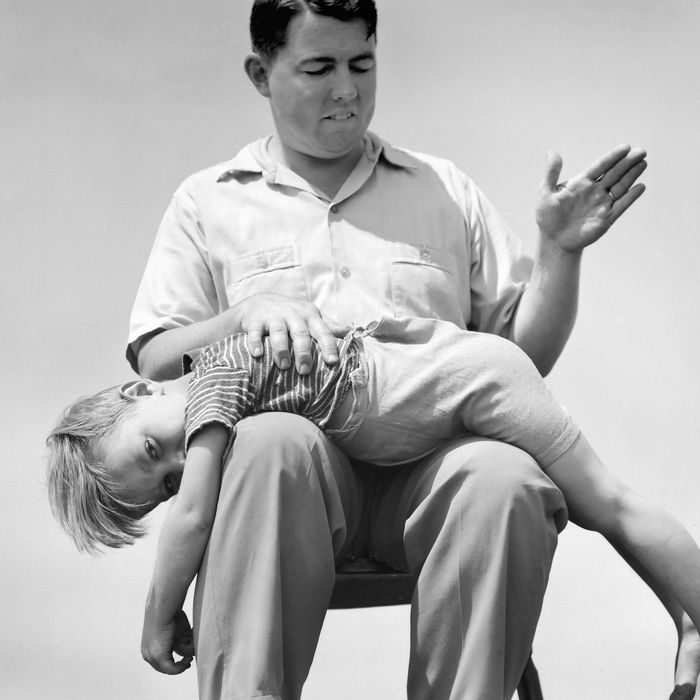 [iii] They measured children’s abilities using three EF tasks: delay of gratification; gift delay; and dimensional change card sort. Their results suggested that—starting in grade 1—children who were in a punitive environment performed significantly worse than their peers in non-punitive school environments.
[iii] They measured children’s abilities using three EF tasks: delay of gratification; gift delay; and dimensional change card sort. Their results suggested that—starting in grade 1—children who were in a punitive environment performed significantly worse than their peers in non-punitive school environments.
Research Assistant
If hitting children is associated with slower skill development or other behavioral problems, there may be implications for life chances and social mobility, especially since the prevalence or intensity of punishment varies across socio-economic groups. But we should be very careful about drawing any causal conclusions here, even when there are robust associations. It is very likely that there will be other factors associated with both spanking and child outcomes. If certain omitted variables are correlated with both, we may confound the two effects, that is, inappropriately attribute an effect to spanking. For example, parents who spank their children may be weaker parents overall, and spanking is simply one way in which this difference in parenting quality manifests itself.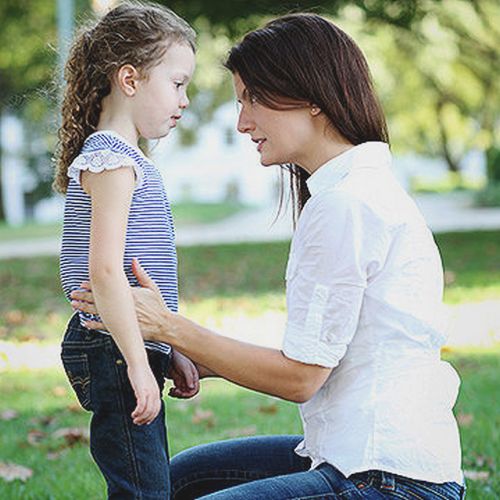
So: are parents who spank their children different on other dimensions of parenting? We investigate the relationship between parenting and corporal punishment using data from the Bureau of Labor Statistics’ Children of the National Longitudinal Survey of Youth, 1979 (CNLSY). As in our previous Parenting Gap research, we employ the HOME-SF scale as our proxy for parenting quality, but limit our sample to children who were ages 3 to 5 in 1986, one of the survey’s largest cohorts, and for whom the HOME-SF scale information is available.
The HOME-SF scale for children aged 3 to 5 includes 26 items—each its own proxy for “good” parenting. There are two designated items for corporal punishment. One self-reported item indicates how many times, if any, the mother hit her child during the previous week. The other item indicates whether the mother hit her child during the home observation. Figure 2 shows the distribution of responses, where N,N refers to a mother who did not hit her child in the previous week or during the observation. Nearly two-thirds of mothers reported spanking their children at least once in the two-week period. As might be expected, very few (5%) hit or spanked their children during the in-home observation.
Nearly two-thirds of mothers reported spanking their children at least once in the two-week period. As might be expected, very few (5%) hit or spanked their children during the in-home observation.
Scoring the HOME scale is straightforward. Each positive behavior earns the mother one point. For the purposes of the corporal punishment items: If the mother is not observed hitting her child, she gains a point. If she reports hitting her child no more than one time during the previous week, she gains a point. If both, she gains two points. If neither, her score is unchanged. Of course, given this mechanical relationship, it is inappropriate to compare raw HOME scores between mothers who hit their children and mothers who do not. To make a meaningful comparison requires removing any items on spanking from the scale.
Figure 3 shows the results of such an exercise. The height of the bars indicates the raw HOME score, pre-adjustment; the darker blue height indicates the raw HOME score, post-adjustment.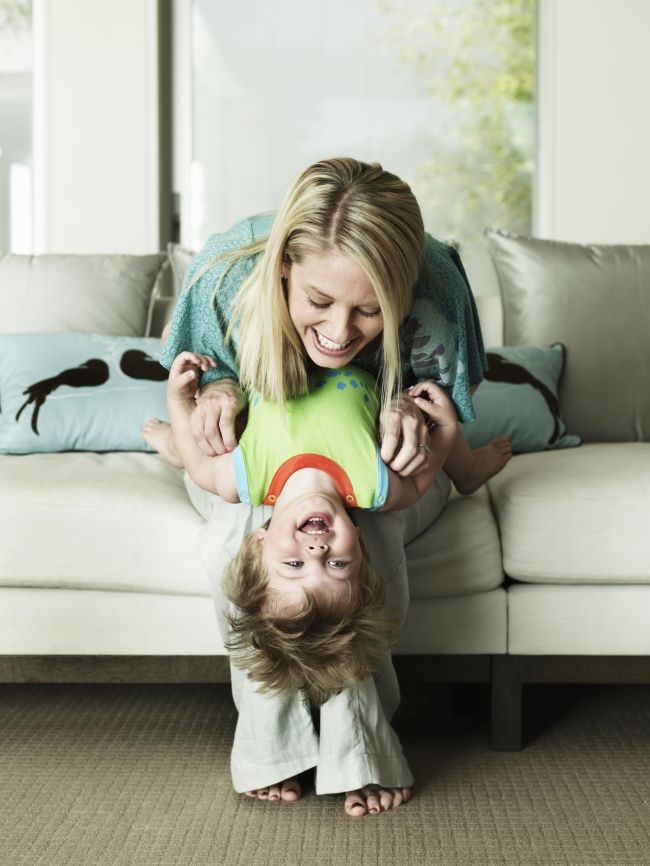 As expected, the gaps between mothers who hit and do not hit decrease by about one for both items.[iv] But the resulting gaps are miniscule—just over one-half of a point—and fall well within one standard deviation of the HOME score distribution.
As expected, the gaps between mothers who hit and do not hit decrease by about one for both items.[iv] But the resulting gaps are miniscule—just over one-half of a point—and fall well within one standard deviation of the HOME score distribution.
Most studies suggest, however, that spanking becomes problematic with increased frequency and/or intensity. After all, there is a big difference between spanking your child once a month and spanking him or her twice a day, or spanking lightly with an open hand versus aggressively with a belt.
While we cannot observe spanking intensity, we do observe frequency in the data. Therefore, we replicate the above exercise in two ways—by frequency of spanking in the previous week (Figure 4) and by frequency across the two weeks (Figure 5).
Although sample size limitations prevent us from looking at mothers who reported hitting their children more than five times in the previous week, it is clear that—at least up until five—there is little evidence of any relationship between spanking and HOME score, even taking frequency in to account.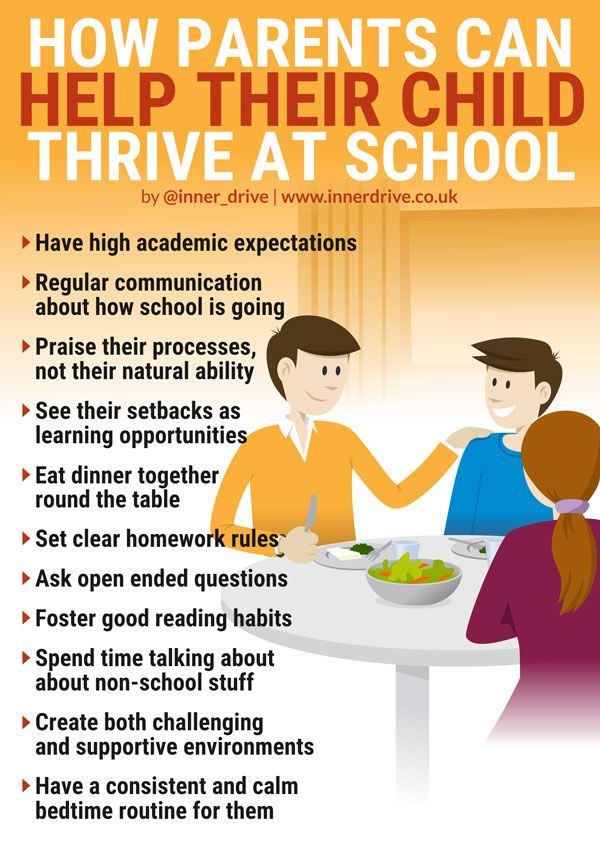 At most, there is a one point gap between mothers who did not report hitting their children in the past week and those who reported hitting them at least five times, but this result is swamped by the corresponding standard deviations. Looking across weeks, the conclusion is the same.
At most, there is a one point gap between mothers who did not report hitting their children in the past week and those who reported hitting them at least five times, but this result is swamped by the corresponding standard deviations. Looking across weeks, the conclusion is the same.
Taken together, these results suggest that spanking is not a good predictor of parenting quality. That is, spanking is not systematically associated with other “negative” parenting behaviors.[v] There are some important caveats, however. We do not capture hitting by fathers or any other adults; nor do we have a measure of intensity of the hitting. Moreover, the highest number of physical discipline incidents that we look at—five incidents over the span of a week—is a low threshold and as such, our analysis may not capture negative parenting skills associated with daily, repeated punishment. These may well be big factors.
But our overall finding is that spanking (by mothers, with no measure of intensity) tells us little about overall parenting skills. This contrasts with other parenting behaviors which have well-documented ‘spillover’ effects, such as reading books to young children. Replicating the approach taken above for the reading item of the HOME scale, we document significant differences in raw scores between mothers who read to their kids more than once a week and those who do not (Figure 6). Even after adjustment, there is a two-point gap in HOME scores, which is large in terms of potential impacts on child development.
This contrasts with other parenting behaviors which have well-documented ‘spillover’ effects, such as reading books to young children. Replicating the approach taken above for the reading item of the HOME scale, we document significant differences in raw scores between mothers who read to their kids more than once a week and those who do not (Figure 6). Even after adjustment, there is a two-point gap in HOME scores, which is large in terms of potential impacts on child development.
It is also worth noting that the U.S. is relatively unusual in terms of attitudes, prevalence, and legal sanctions. Hitting children is more culturally acceptable in American than in many other nations – not only by parents, but by teachers (corporal punishment in schools is still permitted in 19 states). In many nations, physical punishment of children has now been outlawed, even for parents. In the table below, we summarize the legal position with regard to hitting children in a selection of counties.
| Allowed in Home | Allowed in School | Conditions | Selected Evidence on Prevalence** (from poll or study) | |
| North America | ||||
| United States | Yes | Depends | Unlawful in 31 states | 81% of parents say that spanking their children is sometimes appropriate. |
| Canada | Yes | No | “Force does not exceed what is reasonable under circumstances” | 35% of children experienced some form of corporal punishment at least once per year. |
| Mexico | Yes | Yes | “Right to correct” | 26% of men 18-59 reported having been spanked or slapped by parent as a child. |
| South America | ||||
| Brazil | No | No | Banned as of June 2014 | N/A |
| Colombia | Yes | No | “Correct and sanction moderately” | 61% of women report hitting, beating, spanking, or slapping their children.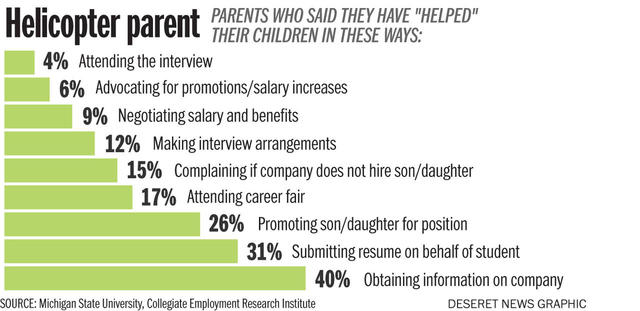 |
| Argentina | No | No | Banned effective January 2016 | N/A |
| Europe | ||||
| Germany | No | No | Banned as of 2000 | N/A |
| UK | Yes | No | “Reasonable punishment” | 41.6% of parents physically punished or “smacked” child in the past year. |
| Sweden | No | No | Banned as of 1979 | N/A |
| Asia | ||||
| China | Yes | No | “Strict discipline” | 50-60% of parents reported using mild corporal punishment in the last month. |
| India | Yes | Depends | Unlawful in some states | 65% of parents said they hit their children. |
| Russia | Yes | No | “Reasonable chastisement” | N/A |
| Africa | ||||
| Nigeria | Yes | Yes | “Correct…for misconduct or disobedience” | 91% of children experienced “violent discipline” in their homes. |
| Ethiopia | Yes | No | “For the purposes of proper upbringing” | Only 1% of children reported never having experienced any type of corporal punishment. |
| Egypt | Yes | Yes | “Right to discipline” | 81% of children experienced moderate physical discipline. |
| Oceania | ||||
| Australia | Yes | Yes | “Reasonable chastisement” | 85% of parents admit to smacking their kids. |
| New Zealand | No | No | Banned as of 2007 | N/A |
** Evidence is not comparable across countries. Each represents a finding of a specific study or poll with a unique sample and timeframe. For further information, please click the corresponding hyperlink.
Source for columns 1-3: Global Initiative to End All Corporal Punishment for Children.
Conclusions
In terms of parenting, our findings suggest that the immediate focus of U.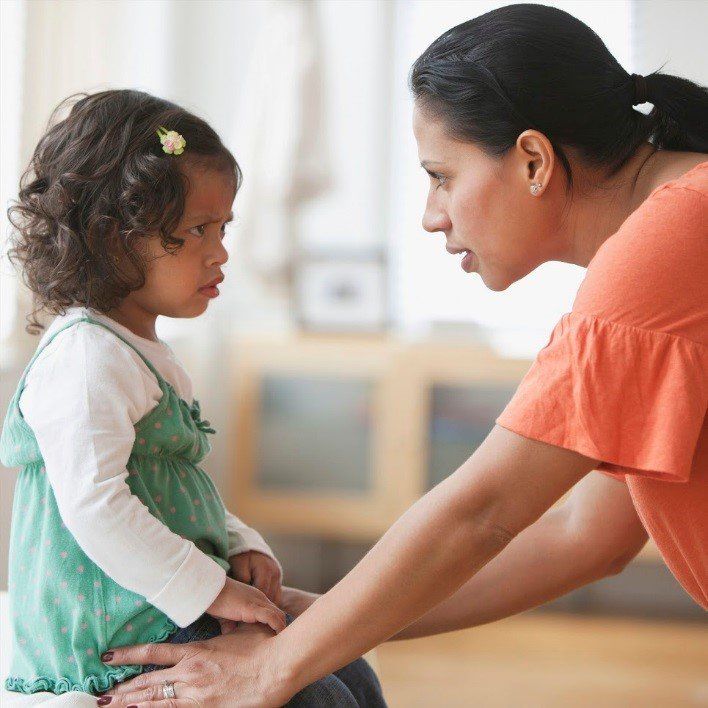 S. policy-makers who want to improve our nation’s parenting should be on promoting positive behavior such as reading, rather than on large-scale efforts to prevent spanking (at least at the milder end of the spectrum).
S. policy-makers who want to improve our nation’s parenting should be on promoting positive behavior such as reading, rather than on large-scale efforts to prevent spanking (at least at the milder end of the spectrum).
But it is worth adding that most experts in child development believe that alternatives to spanking can be just as effective in terms of regulating behavior and that physical punishment of children is corrosive of long-term emotional development. The international trend is towards a growing opposition to the use of physical punishment for children. Within the U.S. there are signs of a slow trend in the same direction. On balance this must be seen as good news.
[i] After a plea deal, Peterson ended up with 80 hours of community service and a $4,000 fine for misdemeanor assault.
[ii] Smith, Tom W, Peter Marsden, Michael Hout, and Jibum Kim. General Social Surveys, 1972-2012 [machine-readable data file] Principal Investigator, Tom W. Smith; Co-Principal Investigator, Peter V.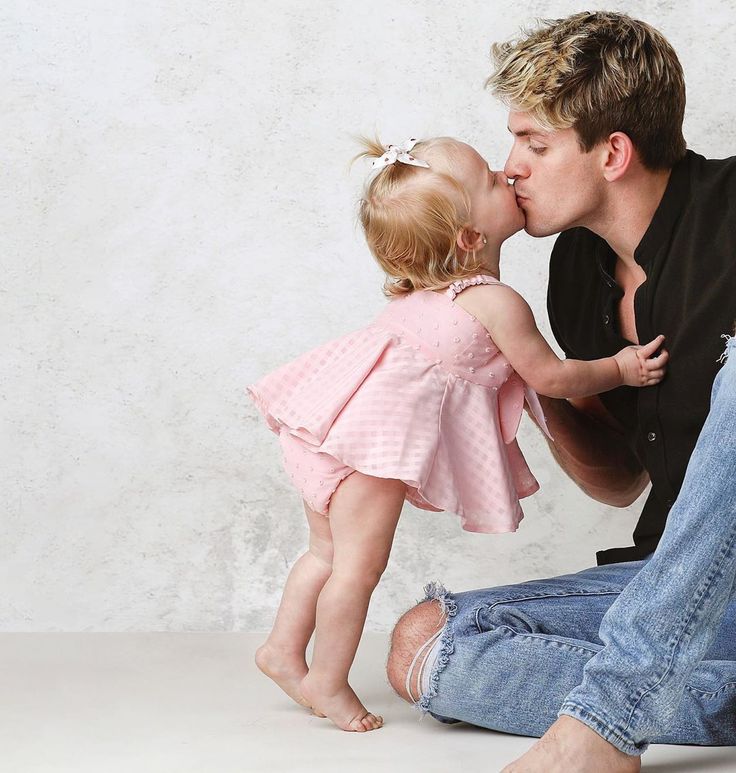 Marsden; Co-Principal Investigator, Michael Hout; Sponsored by National Science Foundation. NORC ed. Chicago: National Opinion Research Center [producer]; Storrs, CT: The Roper Center for Public Opinion Research, University of Connecticut [distributor], 2013.
Marsden; Co-Principal Investigator, Michael Hout; Sponsored by National Science Foundation. NORC ed. Chicago: National Opinion Research Center [producer]; Storrs, CT: The Roper Center for Public Opinion Research, University of Connecticut [distributor], 2013.
[iii] Punitive schools employed discipline methods including beating with a stick, slapping on the head, and pinching. Non-punitive schools used time-outs, verbal reprimands, and trips to the principal’s office.
[iv] Women who reported spanking their child once in the previous week were still given one point. Therefore, the adjustment affected both groups.
[v] We also tested whether parents who spank their children ‘compensate’ with other positive parenting behaviors—like reading extra books to their children or helping them with school lessons, and found no evidence of such behavior.
Millennials and Gen Xers are less likely to spank their children than previous generations, U of M researchers find
Parents in the United States are significantly less likely to use spanking to discipline their children than their peers of 25 years ago, according to a University of Minnesota study published Monday in JAMA Pediatrics.
The study reports that the proportion of parents with children aged 2 to 12 years old who say they spank their child dropped from 50 percent in 1993 to 35 percent in 2017. Fathers and mothers are both spanking less. The share of men who say they use spanking as punishment fell from 52 percent to 36 percent during the study period, while the share of women dropped from 48 percent to 35 percent.
Spanking is also considerably less common among parents with a child aged 2 to 4 years old — the group that previous research has shown is most likely to use it. In 1993, 60 percent of parents with preschoolers said they spanked their child. By 2017, that figure had decreased to 39 percent.
The study’s findings are based on national data collected from the Monitoring the Future study, an ongoing study by the University of Michigan that has been looking at the behaviors, attitudes and values of Americans from adolescence through adulthood. Participants are periodically surveyed on a variety of topics. All of the 16,390 people (17 cohorts of graduating high school seniors from 1976-2000) whose data was used in the U of M study were 35 years old and had children between the ages of 2 and 12 when they were asked, “How often do you spank your children?”
All of the 16,390 people (17 cohorts of graduating high school seniors from 1976-2000) whose data was used in the U of M study were 35 years old and had children between the ages of 2 and 12 when they were asked, “How often do you spank your children?”
The overall downward trend in spanking reported in the current study is encouraging, but the percentage of parents who resort to corporal punishment to discipline their children is still too high. Studies have repeatedly associated spanking with negative outcomes for children — ones similar to those in children who experience physical abuse.
In 2018, the American Academy of Pediatrics (APA), which represents 67,000 pediatricians across the U.S., updated its policy statement on corporal punishment. The new policy declares unequivocally that parents should not use spanking or any other form of corporal punishment — defined as “non-injurious, open-handed hitting with the intention of modifying child behavior” — on children.
Christopher Mehus
The APA also warns parents against verbal abuse — language that “belittles, humiliates, denigrates, scapegoats, threatens, scares, or ridicules the child.”The findings from the new study underscore the need to develop better supports for parents so that they can be more effective at achieving the goals they have for their child’s behavior, says Christopher Mehus, one of the study’s authors and a researcher at the U of M’s Institute for Translational Research in Children’s Mental Health.
“Parenting is one of the hardest and most complicated things we do and, yet, we receive no education or support for this most-difficult job,” he wrote in an e-mail exchange with MinnPost. “Parents are their child’s best teacher and they deserve to be equipped as such.”
What parents can doMehus encourages parents to focus on the behavior they want their child to exhibit (what they want their child to do) rather than on the behavior they want them to change.
“That allows us to brainstorm ways to teach and reinforce that new behavior (e.g., role-playing with the child, catching and praising the new behavior, sticker charts),” he explained. “If we’ve done the first step, then we can think about addressing misbehavior.”
“Consequences (e.g., timeouts, privilege loss, chores) should be short, immediate, delivered consistently, and delivered calmly,” he added. “When parents see success with alternative or new strategies, they use them.”
Article continues after advertisement
Here are some tips from the APA on the most effective ways to teach your child to manage their behavior and keep them from harm:
- Show and tell. Teach children right from wrong with calm words and actions. Model behaviors you would like to see in your children.
- Set limits. Have clear and consistent rules your children can follow. Be sure to explain these rules in age-appropriate terms they can understand.

- Give consequences. Calmly and firmly explain the consequences if they don’t behave. For example, tell her that if she does not pick up her toys, you will put them away for the rest of the day. Be prepared to follow through right away. Don’t give in by giving them back after a few minutes. But remember, never take away something your child truly needs, such as a meal.
- Hear them out. Listening is important. Let your child finish the story before helping solve the problem. Watch for times when misbehavior has a pattern, like if your child is feeling jealous. Talk with your child about this rather than just giving consequences.
- Give them your attention. The most powerful tool for effective discipline is attention—to reinforce good behaviors and discourage others. Remember, all children want their parent’s attention.
- Catch them being good. Children need to know when they do something bad — and when they do something good.
Notice good behavior and point it out, praising success and good tries. Be specific (for example, “Wow, you did a good job putting that toy away!”).
- Know when not to respond. As long as your child isn’t doing something dangerous and gets plenty of attention for good behavior, ignoring bad behavior can be an effective way of stopping it. Ignoring bad behavior can also teach children natural consequences of their actions. For example, if your child keeps dropping her cookies on purpose, she will soon have no more cookies left to eat. If she throws and breaks her toy, she will not be able to play with it. It will not be long before she learns not to drop her cookies and to play carefully with her toys.
- Be prepared for trouble. Plan ahead for situations when your child might have trouble behaving. Prepare them for upcoming activities and how you want them to behave.
- Redirect bad behavior. Sometimes children misbehave because they are bored or don’t know any better.
Find something else for your child to do.
- Call a time-out. A time-out can be especially useful when a specific rule is broken. This discipline tool works best by warning children they will get a time out if they don’t stop, reminding them what they did wrong in as few words ― and with as little emotion ― as possible, and removing them from the situation for a pre-set length of time (1 minute per year of age is a good rule of thumb). With children who are at least 3 years old, you can try letting their children lead their own time-out instead of setting a timer. You can just say, “Go to time out and come back when you feel ready and in control.” This strategy, which can help the child learn and practice self-management skills, also works well for older children and teens.
FMI: The study, which was published as a research letter, can be found on the JAMA Pediatrics website, although the full paper is behind a paywall.
Komsomolskaya Pravda
Society Shutterstock
All-Russian Public Opinion Research Center (VTsIOM) interviewed fathers and mothers of different ages. Find out what methods of education they practice. nine0004
Here is the rating of answers:
Instructions, moralizing - 76%
They deprive them of TV, walks, gadgets for a while - 31%
They put them in a corner - 19%
They spank, release clicks and cuffs - 13%
4 pocket money - 8%
They give a belt - 7%
(multiple answers could be chosen).
The fact that the vast majority rely on conversations with the child is a good trend. Modern parents have really become advanced in matters of education: they are actively interested in various methods, they turn to psychologists - family and children. But there are still some metaphysical moments that force dads and moms to turn into furies and grab the belt when the child “doesn’t understand differently”. nine0004
nine0004
This manifested itself when sociologists asked: how were you brought up as a child?
The methods turned out to be the same, but the percentages are different.
Scolded and deprived of joys less often (62 and 27%), but they were put in a corner 1.6 times more often than now, they were flogged 3 times more actively. At the same time, mothers of survey participants practiced corporal punishment more actively than fathers.
- Intergenerational practices of transferring the experience of raising children within the family remain quite strong. If in childhood a person was beaten, put in a corner, punished with a ruble, then he is more likely to do the same in relation to his children, sociologists say. - Even those who do not yet have children more often choose and approve of the very methods by which they themselves were brought up. nine0004
According to Rosstat, children aged 0 to 15 make up 17.7% of the country's population, which is about 26 million people.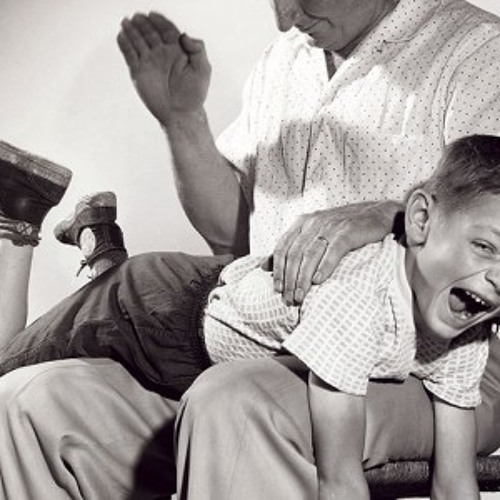 If you “revive” the percentages from the opinion poll of VTsIOM, you get a sad picture - about five million children flies hard for various faults.
If you “revive” the percentages from the opinion poll of VTsIOM, you get a sad picture - about five million children flies hard for various faults.
At the same time, psychologists say that the real figures are even higher, because people participating in opinion polls often lie to seem better. Plus confusion in terms. Parents swear: we do not beat children! Well, maybe sometimes in the ass. Or a slap. That is, they actually hit. nine0004
NotePhoto: Dmitry POLUKHIN
JOKE ON THE TOPIC
After the amnesty, 44 corners were freed in the kindergarten.
WHAT PSYCHOLOGISTS SAY
Children's reaction to violence: they become angry, withdraw into themselves
- People who say: they say, they beat me as a child - and nothing, I grew up to be a normal person! - really normal in the generally accepted sense: not alcoholics, not drug addicts, do not break the law. That is, they demonstrate that everything is fine, violence did not affect them, on the contrary, it hardened them, made them stronger.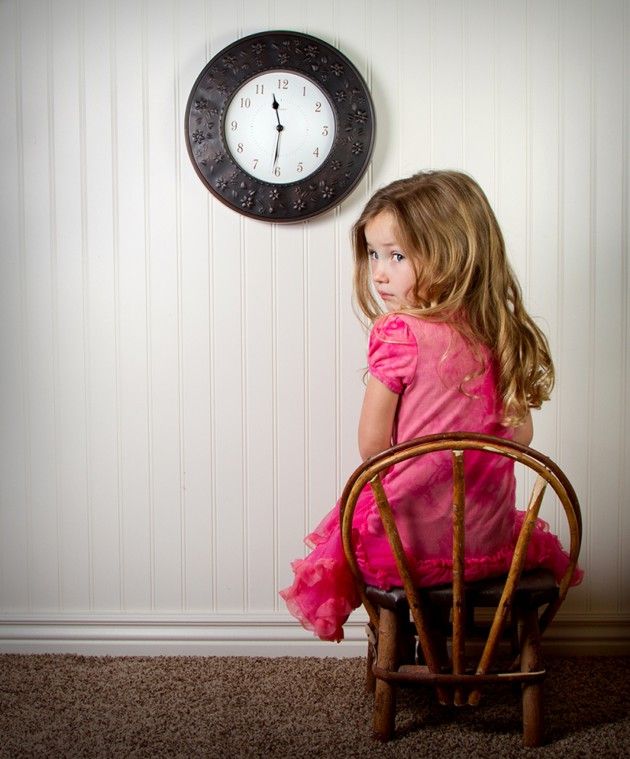 But is it really so? - says child psychologist Irina Khonina. - It is impossible to predict how the child's psyche will react to different situations. Sometimes memory represses unpleasant moments in order to protect itself. And someone is being wedged, and it is not known how and when the event will backfire. nine0004
But is it really so? - says child psychologist Irina Khonina. - It is impossible to predict how the child's psyche will react to different situations. Sometimes memory represses unpleasant moments in order to protect itself. And someone is being wedged, and it is not known how and when the event will backfire. nine0004
A year ago, during a similar survey, we found out how children react to domestic violence: one in two becomes angry and takes revenge on the weak, one in three silently digests an insult or pours out his soul to friends or in social networks, one in five associates with bad company. To stand up for yourself - contact the hotline or the police - only a few decide.
Longer-term consequences of childhood psychological trauma - unstable self-esteem, anxiety, hyper-responsibility or inability to take responsibility, impulsivity, emotional tightness, hyper control, workaholism, addictions, fears... Many adults have this, and therefore it seems normal. In reality, it prevents you from being happy and realizing your dreams. Therefore, it would still be a wise decision not to yell at children, not to break loose, not to beat or spank, not to use psychological violence. Yes, yes, if you make fun of a child, humiliate, make fun of him, he can become even more neurotic than from a belt. nine0004
Therefore, it would still be a wise decision not to yell at children, not to break loose, not to beat or spank, not to use psychological violence. Yes, yes, if you make fun of a child, humiliate, make fun of him, he can become even more neurotic than from a belt. nine0004
There are also some metaphysical moments that force dads and moms to turn into furies and grab the belt when the child “doesn’t understand differently.” Photo: Ekaterina MARTINOVICH
ANOTHER OPINION handed parents over to nursing homes
- Punishment with a belt is not a beating, but an educational process. Not that it is possible - it is necessary! - spoke about physical punishment on the air of Radio KP (97.2 FM) mother of many children Alena Sterligova. - We still set as an example for children the heroes of the Kulikovo field, the Battle on the Ice, the Great Patriotic War. These are all flogged generations who saved the Motherland, parents were revered and not handed over to nursing homes. And what is happening with today's unworn youth? Uncontrollable, infantile at 18 or 30 years old. A five-year-old sometimes throws a tantrum on the street: but I have a license! He doesn't know his responsibilities yet. I have five children, my husband punished everyone at an early age and always said that this should be done only in a calm state of mind, without anger. Explaining before the spanking what the child is to blame. And for kids 2-3 years old, it’s easier to explain with a slap on the pope that you can get burned on the stove, and fall down the stairs. That is, save from trouble. This is not, of course, about beating or mutilating. And when parents are condemned for beating a teenager for drugs or alcohol, they rushed to educate him too late. The family is a small society where there should be both rights and rules. The rules must be observed, and the father must be respected and feared. My children have grown up, they already have their own children, and they are raising them the same way.
And what is happening with today's unworn youth? Uncontrollable, infantile at 18 or 30 years old. A five-year-old sometimes throws a tantrum on the street: but I have a license! He doesn't know his responsibilities yet. I have five children, my husband punished everyone at an early age and always said that this should be done only in a calm state of mind, without anger. Explaining before the spanking what the child is to blame. And for kids 2-3 years old, it’s easier to explain with a slap on the pope that you can get burned on the stove, and fall down the stairs. That is, save from trouble. This is not, of course, about beating or mutilating. And when parents are condemned for beating a teenager for drugs or alcohol, they rushed to educate him too late. The family is a small society where there should be both rights and rules. The rules must be observed, and the father must be respected and feared. My children have grown up, they already have their own children, and they are raising them the same way.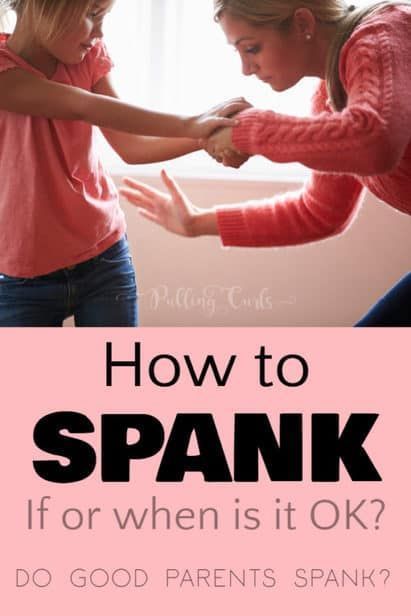 No one has become aggressive, and everyone loves each other. nine0004
No one has become aggressive, and everyone loves each other. nine0004
BTW
What is the most punished for? A similar study was conducted a year ago by a consulting company - 1,600 Russians aged 14-55 were interviewed. Even more people voted for the beating: 60% against 36% of the humanists. Why are parents ready to leave their child?
Top 5 offenses - drugs, theft, alcohol, rudeness and disrespect for adults.
Slightly fewer fathers and mothers are pissed off by a child's lies, his bad company, leaving home, non-traditional sexual orientation, tantrums, and even failure to do household chores. That is, I forgot to take out the trash - get it. Another sad figure was revealed in that poll: two-thirds of the respondents who were also beaten in childhood said that the punishment was well-deserved (“I didn’t understand it any other way”), and 6% even regretted that dad and mother beaten a little. Psychologist Alexander Kolmanovsky called those confessions the most dramatic in the poll.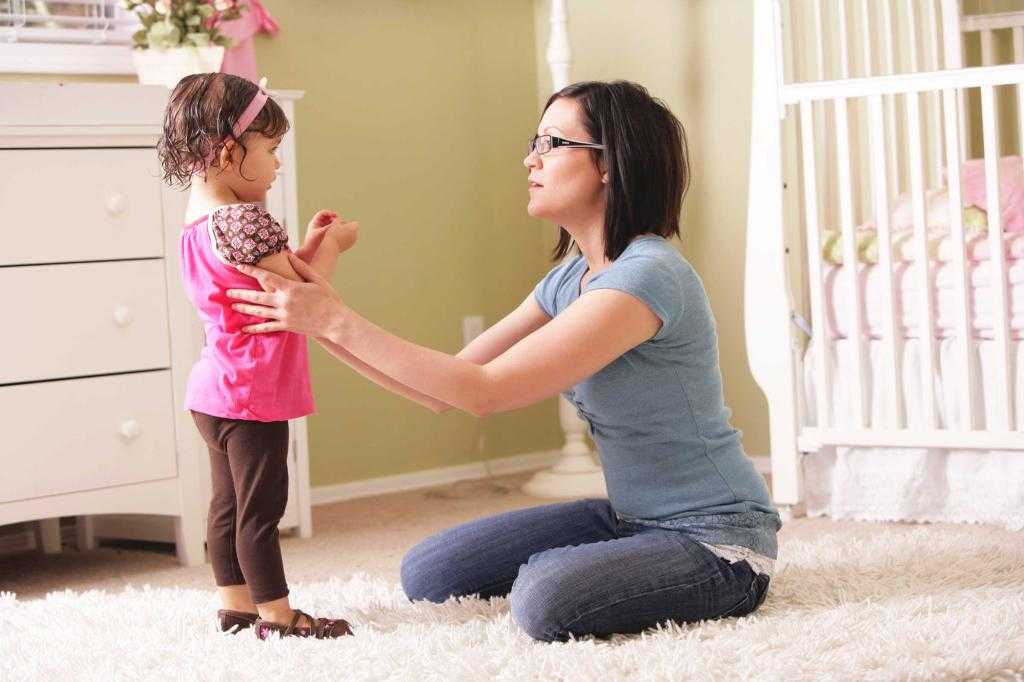 nine0004
nine0004
- No gifts - toys, clothes, trips - can compensate for physical punishment, - the expert noted.
Age category of the site 18+
The online publication (website) is registered by Roskomnadzor, certificate El No. FS77-80505 dated March 15, 2021.
I.O. EDITOR-IN-CHIEF OF THE SITE - KANSKY VICTOR FYODOROVICH.
THE AUTHOR OF THE MODERN VERSION OF THE EDITION IS SUNGORKIN VLADIMIR NIKOLAEVICH.
Messages and comments from site readers are posted without preliminary editing. The editors reserve the right to remove them from the site or edit them if the specified messages and comments are an abuse of freedom mass media or violation of other requirements of the law.
JSC Publishing House Komsomolskaya Pravda. TIN: 7714037217 PSRN: 1027739295781 127015, Moscow, Novodmitrovskaya d. 2B, Tel. +7 (495) 777-02-82.
Exclusive rights to materials posted on the website www.kp.ru, in accordance with the legislation of the Russian Federation for the Protection of the Results of Intellectual Activity belong to JSC Publishing House Komsomolskaya Pravda, and do not be used by others in any way form without the written permission of the copyright holder. nine0004
nine0004
Acquisition of copyright and contact with the editor: [email protected]
Scientists have found out how corporal punishment affects children's brain
Corporal punishment, including spanking, leads to changes in the child's brain, British experts warn. In children whose parents use such parenting measures, the brain reacts to the threat in the same way as those who were subjected to more serious abuse. In the long term, this increases the risk of developing mental disorders.
Harvard scientists have warned of the dangers of physical punishment for children - even spanking can lead to brain changes that cause depression, anxiety disorders and behavioral disorders. The study was published in the journal Child Development .
According to the authors of the study, corporal punishment is associated with the development of anxiety disorders, depression, behavioral problems and cravings for substance use.
Recent studies also show that about half of parents (at least among Americans) spanked their children during the year, and a third in the last week. However, the relationship between spanking and brain activity has not been previously studied. nine0004
However, the relationship between spanking and brain activity has not been previously studied. nine0004
“We know that children in families with corporal punishment are more likely to develop anxiety, depression, behavioral problems and other mental health problems, but many people do not consider spanking a form of abuse,” says Cathy McLaughlin, lead author of the study. . “In this study, we wanted to explore whether spanking affects brain development.”
McLaughlin and colleagues analyzed data from a large study of child development, focusing on 147 children aged 10-11 who were spanked and a control group who were not physically punished. While in the MRI, the children looked at pictures of the actors, with a neutral expression or intimidating. The tomograph recorded the brain activity that arose in response to a particular face, and the researchers compared the brain activity of both groups. nine0004
“On average, frightening faces caused more activation in different areas of the brain than neutral ones,” the scientists note.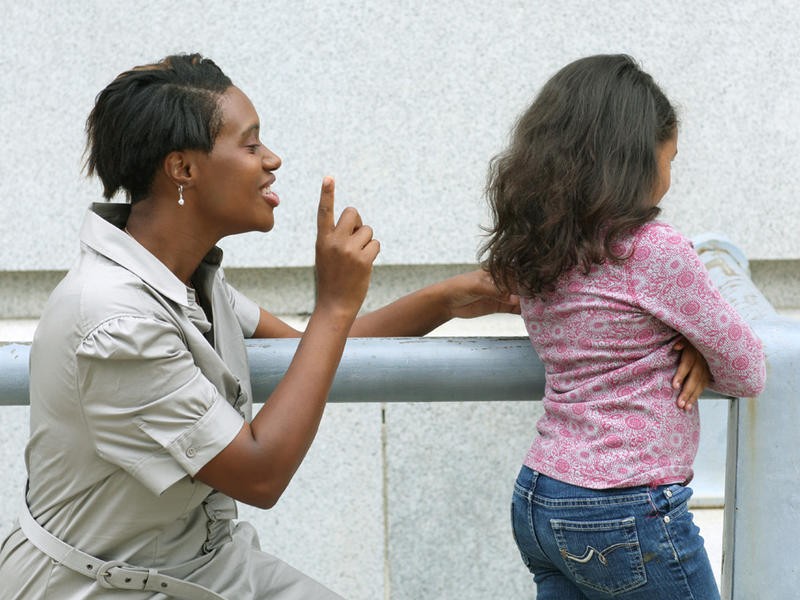 “However, children who were spanked showed more activation in certain regions of the prefrontal cortex than children who were not spanked.”
“However, children who were spanked showed more activation in certain regions of the prefrontal cortex than children who were not spanked.”
Moreover, scientists did not find a significant difference in the brain response of children who were spanked and children who were subjected to domestic violence.
“While we may not consider corporal punishment a form of abuse, in terms of how a child's brain reacts, it makes no difference,” says McLaughlin. nine0004
This study is the first step towards further interdisciplinary analysis of the potential impact of spanking and other corporal punishment on children's brain development and life experience, the authors note.
“These results are consistent with predictions of the potential consequences of corporal punishment made in other areas such as developmental psychology, social work,” says George Cuartas, co-author of the study. “By identifying the brain patterns associated with the consequences of corporal punishment, we can say that this type of punishment can be detrimental to children, and we have more opportunities to study it.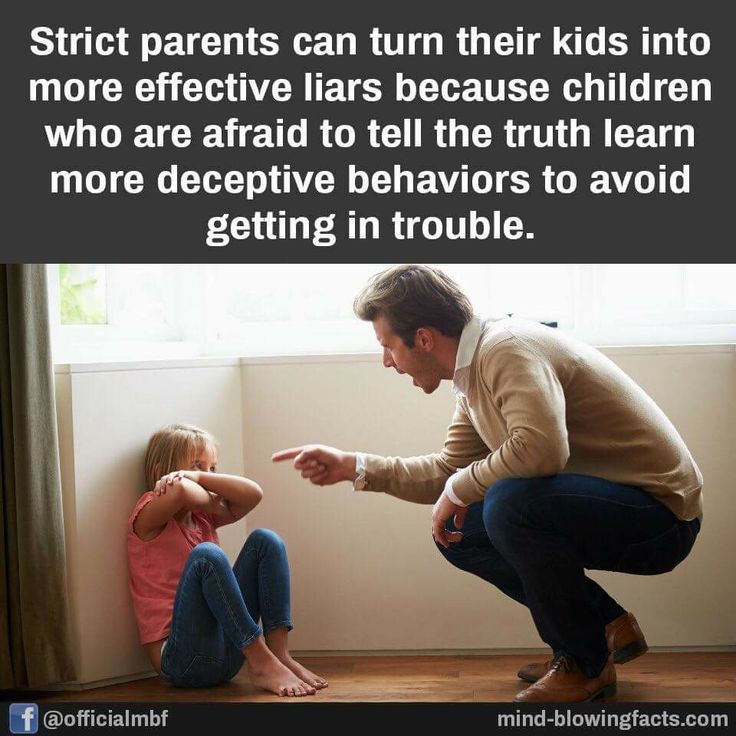 ” nine0004
” nine0004
However, one should not extend their findings to each individual child, the researchers emphasize.
“It's important to keep in mind that corporal punishment doesn't affect every child the same, and children can be resilient when faced with adversity,” Cuartas says. “The bottom line is that corporal punishment carries a risk that can translate into child developmental problems, and to prevent this, parents and policy makers should work to try to reduce its prevalence.” nine0004
We hope that these findings can encourage families to move away from corporal punishment, opening people's eyes to potential negative consequences that they may not have thought about before,” concludes McLaughlin.
Shouting and other harsh parenting practices also damage children's brain development, University of Montreal researchers warn. They found out that children who were shaken, beaten, yelled at and angered had a smaller amygdala and prefrontal cortex by 12-16 years of age compared to peers who did not encounter such behavior from their parents.

